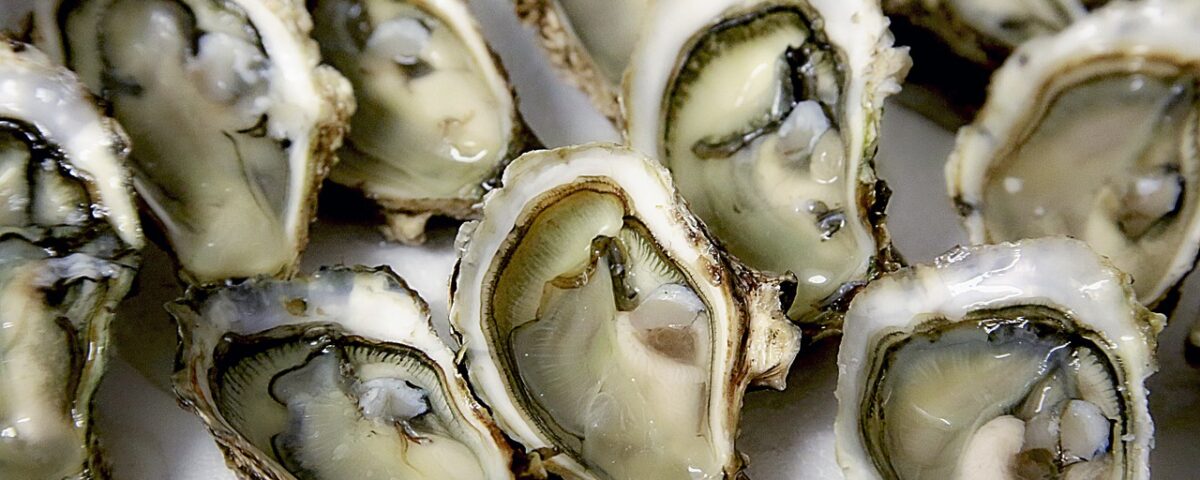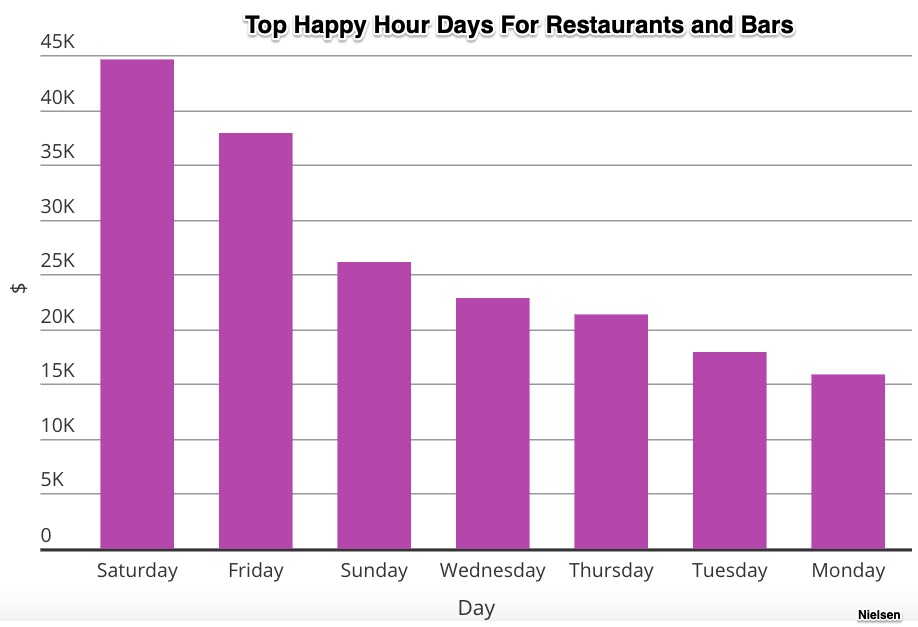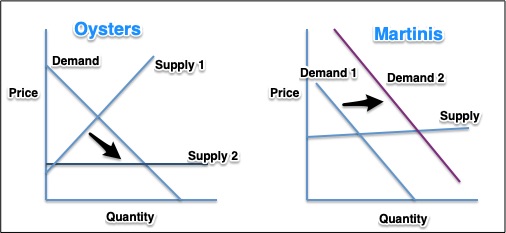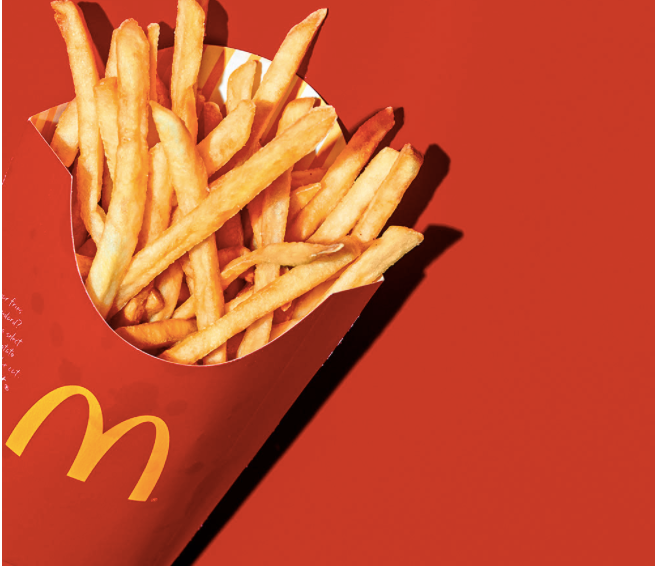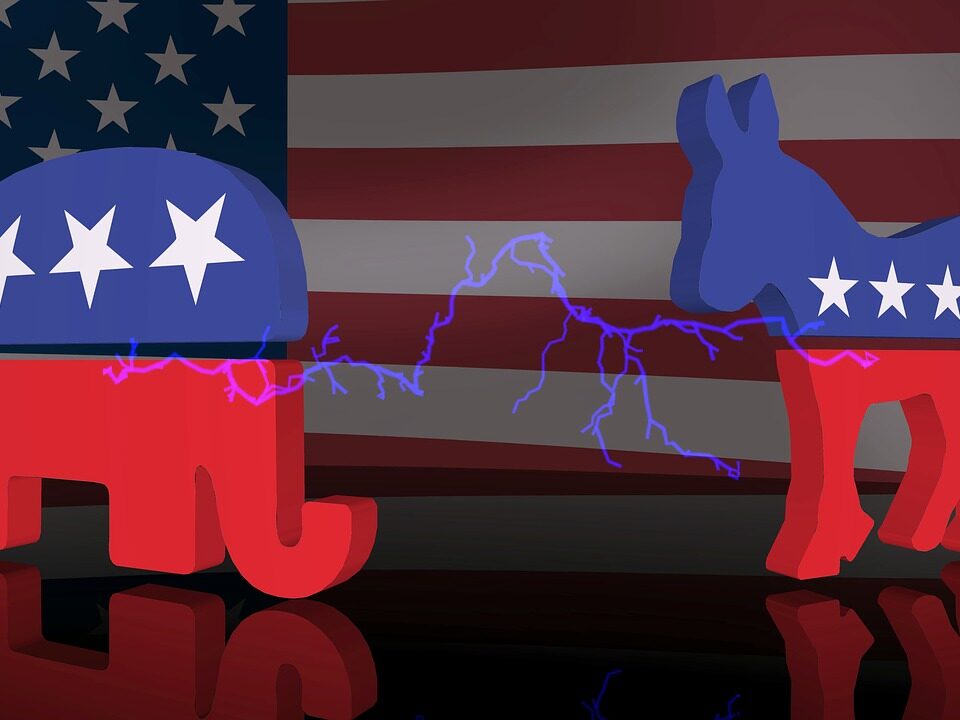
Our Weekly Economic News Roundup: From Library Fines to Egg Gluts
October 5, 2019
Why We Want the McRib
October 7, 2019At a pricey NYC eatery called Flex Mussels, you can buy an oyster for a dollar. The catch? You have to go there during Happy Hour.
Very soon, the martini will enter the story. So let’s take a look.
Happy Hour Economics
Oysters cost one upscale seafood establishment 77 cents to 80 cents apiece. When they offer them from 5-8 p.m. for a slightly higher price like $1 or $1.50, the profit margin is negligible. It is, though, a strategy that works.
Detecting a bargain, oyster lovers flock to their restaurant. In addition to the cheap oysters, the demand goes up for drinks like martinis. More groups could decide to remain for dinner and order a fully priced entree. Later, they also could eat more oysters that cost them $3 to $4 apiece.
The analytics company, Nielsen, tells us that “Happy Hour is big business.” Their data reveals that 60.8 percent of restaurants’ and bars’ average weekly sales come from those 15 early evening hours. Even after discounts, at $68.99, the average Happy Hour check is $8 higher than comparable business at other times. And, when business accelerates during the weekend, still Happy Hour sales are significant.
You can see that Happy Hour traffic depends on the day. Do note that Wednesdays are the top weekday. (I expected Thursday):
Our Bottom Line: Complementary Goods
Looking at Happy Hour, economists think of complementary goods. We could say that complementary goods are best friends. Like peanut butter and jelly, when we buy more of one, we need more of the other.
Offered from 5-8 p.m., cheaper oysters encourage patrons to order more martinis and perhaps more food too. The drinks and the extra food are the complementary goods. More oysters propel our demand for the others.
As economists, we can graph the friendship between oysters and martinis. Below to the left, the shift in the oyster supply curve creates more quantity demanded (a move on the curve) for oysters. Responding, there is an increase in demand (a movement of the curve) for martinis:
So yes, in many ways, Happy Hours are about friends.
My sources and more: Thanks to an interesting marketplace.org podcast for today’s topic and a good walk. From there, I discovered solid data at Nielsen.
Our featured image is from Pixabay.
![econlifelogotrademarkedwebsitelogo[1]](/wp-content/uploads/2024/05/econlifelogotrademarkedwebsitelogo1.png#100878)

